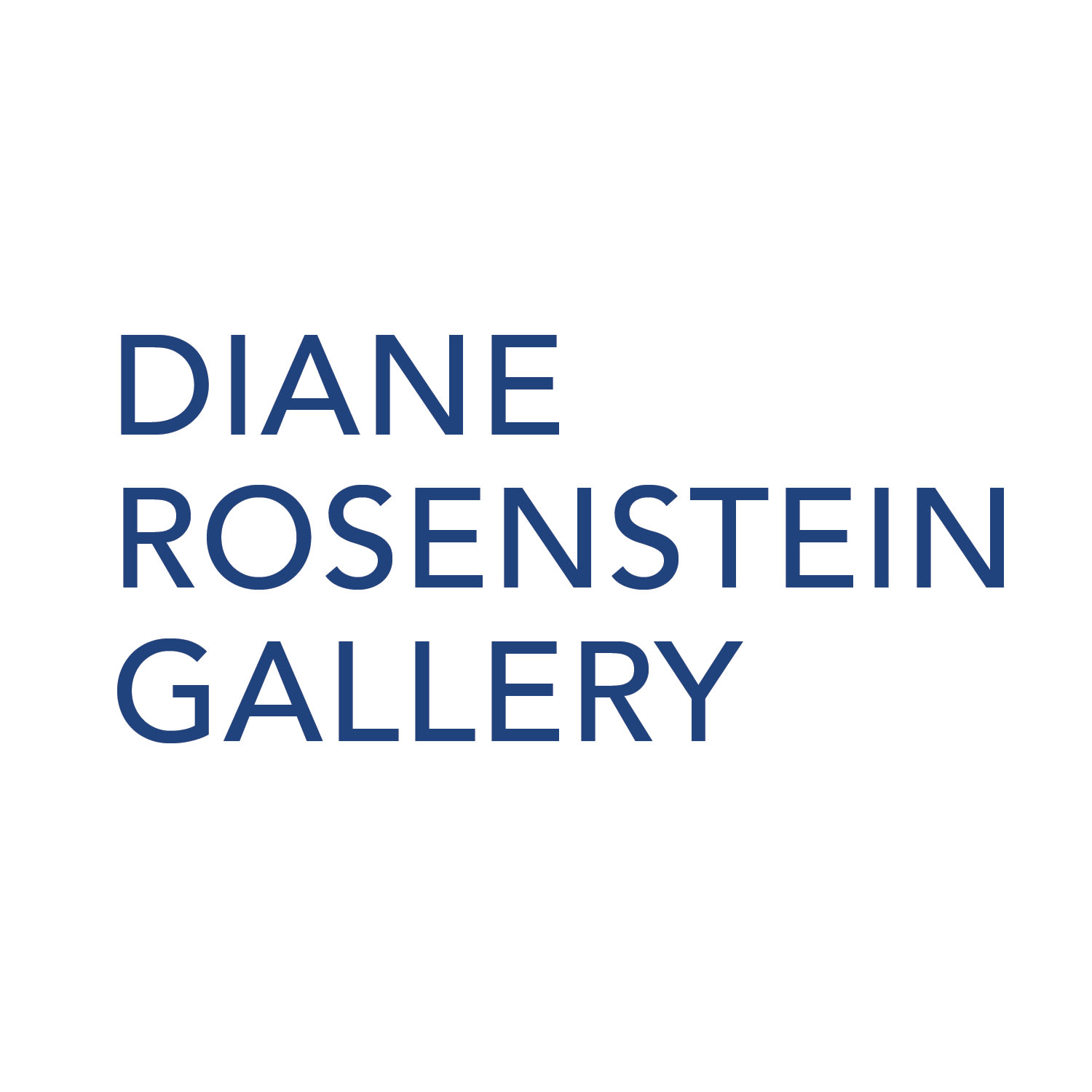Intertextual play between the external world of nature and the internal world within the human psyche reigns supreme in Heather Day’s exhibition “Ricochet” at Diane Rosenstien Gallery. The large-scale abstract mixed-media works are delightfully fresh, with swaths of layered colors—bright lemon yellow, cotton-candy pink, Caribbean-sea blue—which make the paintings look enticing enough to eat. With titles like The Persistence of Memory (2020) and Fever Dream (2020), a human element of complicated emotions is undeniably present in these natural forms.
Day’s background of creating these works in the desert is evident in both color and form. Her palette is reminiscent of dramatic desert sunsets that spread across the sky, while forms of flower petals, stones and streams can be seen in her abstractions. There is a sense of play with scale within works like Big Echo (2020), where large abstract forms can be seen as huge boulders or zoomed-in microscopic elements. The works are visibly organic, from the natural-toned background to the curvy forms and color blending. Each painting seems to move and dance, almost with a psychedelic quality; many of the paintings featuring a starkly contrasting black or white line dragged across the composition.
Some of the paintings, such as Space Between (2020) are actually multiple canvases stitched together to create one large painting. Each of the canvases has a different painting technique and color combination. The final result is a work that, while being organic, is also modern and collage-like, and is somewhat reminiscent of color field paintings with its more square and boxy forms created from the canvases.
The works in “Ricochet” are simultaneously wild and contained, internal and external, soft and contoured. While each element in the composition and each color are intriguing, the paintings are greater than the sum of their parts, and hint at a greater message of both the self and the world as a whole.
Day’s works are open and vulnerable, and have an element of testing with line markings on the outsides of the central composition of the colors she uses within the larger forms. Though this mark-making adds to the final compositions, it also tells a larger story of Day’s thought process in creating them, and point to the intentional quality in these paintings, which could appear effortless at first glance. Day’s technique of layering translucent colors lets viewers see each element within the paintings, and further leaves every line, form and color swatch visible for viewers to see, contributing to the sense of vulnerability. There is a push and pull between the pigments and paint viscosity telling part of the story with its natural movement and interaction with the canvas, and intentional marks and line work by Day herself. In many ways, the paint itself becomes an active player in creating these organic paintings, as much as the artist herself.

